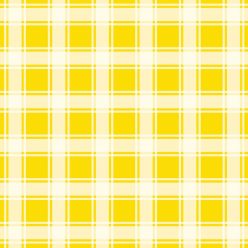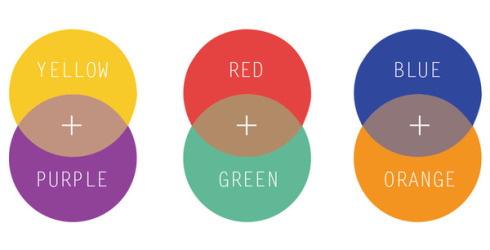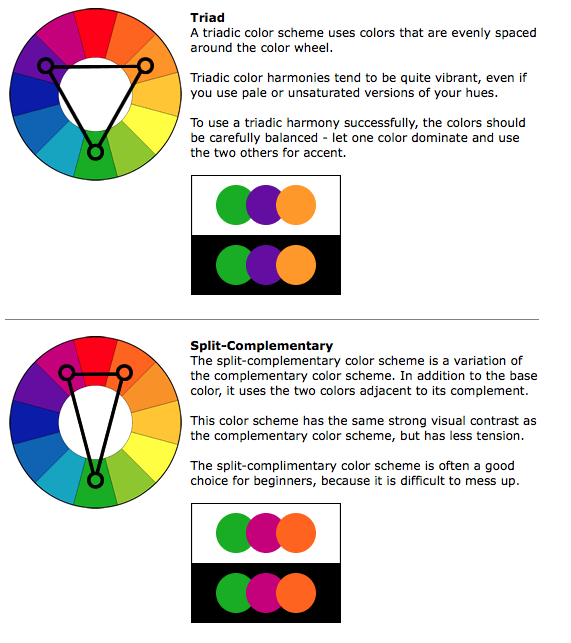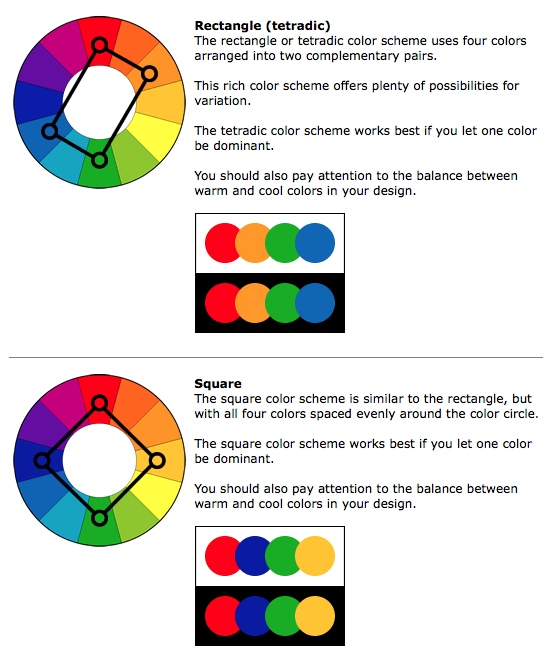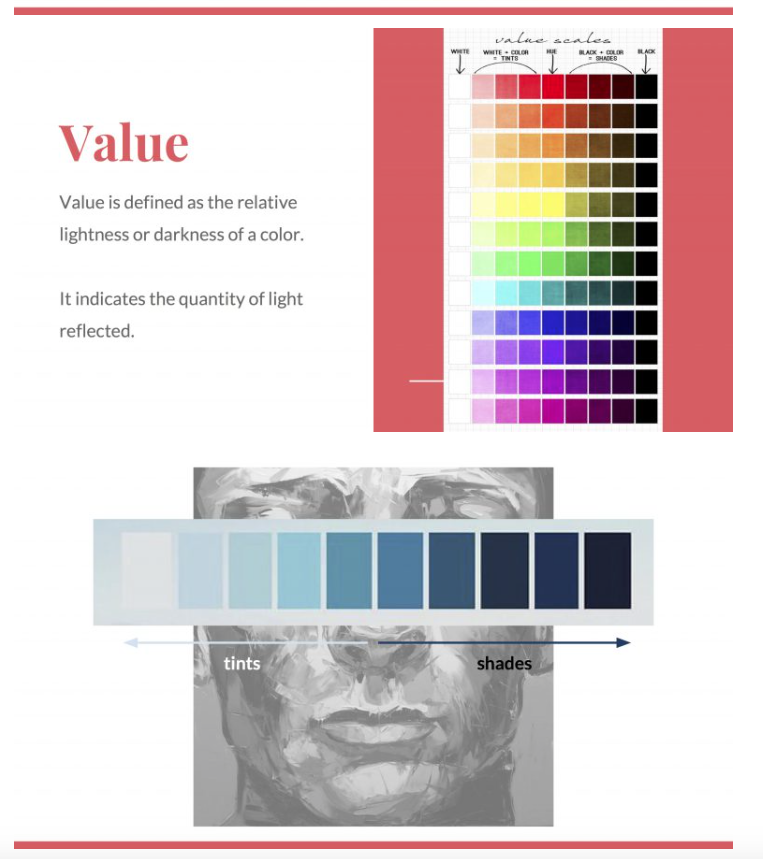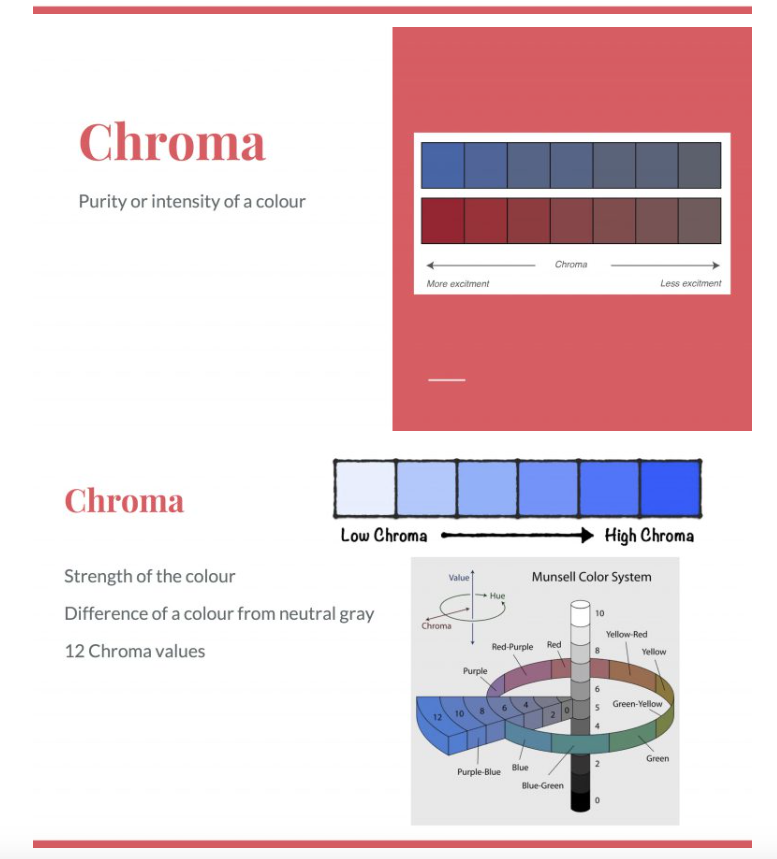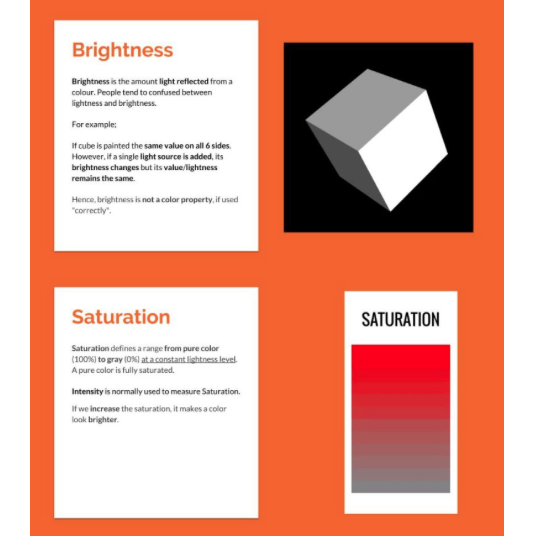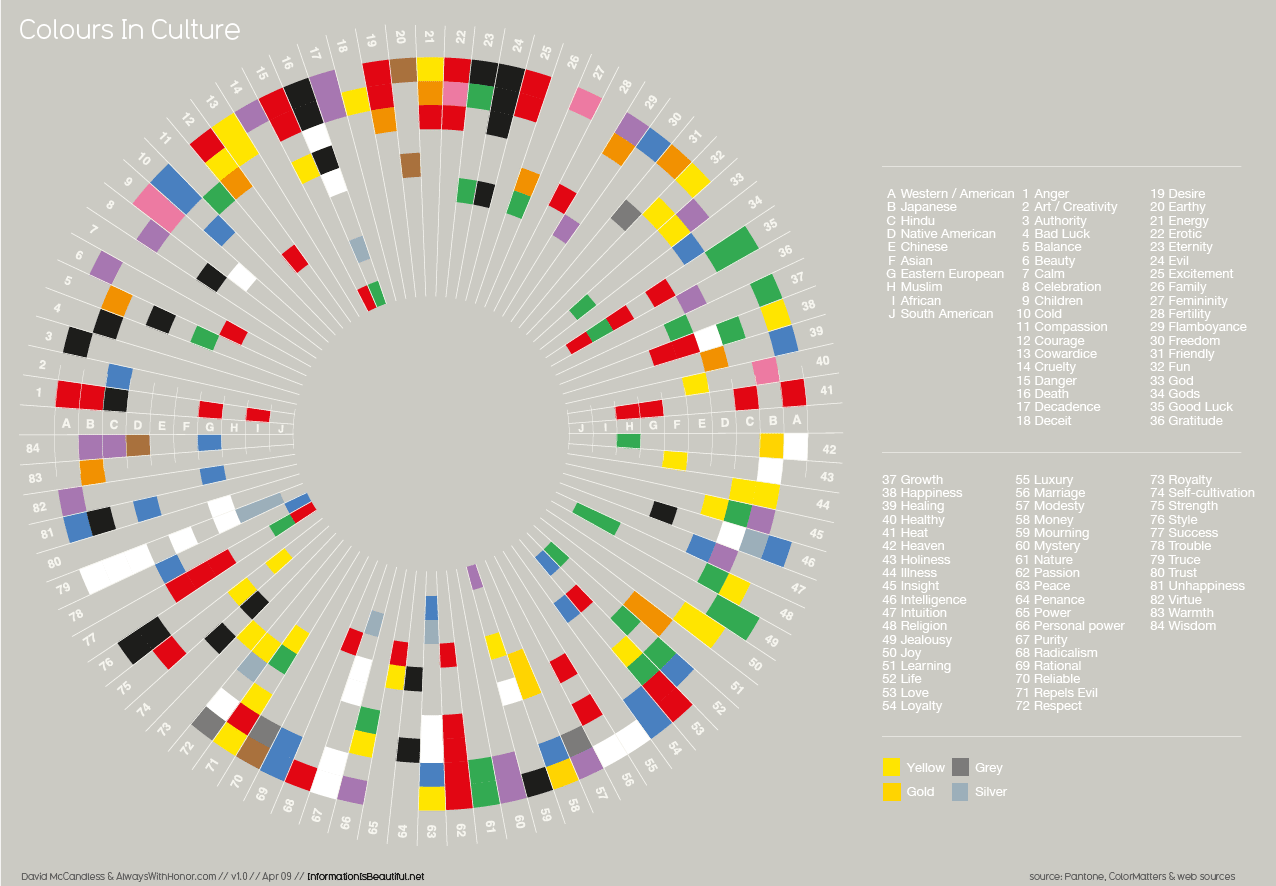
Here are our slides for our Plane, Value and Texture presentation!










The simplest definition of a plane is simply a flat or level surface.
Geometry: A flat, two-dimensional surface generated by a straight line moving at a constant velocity with respect to a fixed point.
- Zero Dimensions: Dot
- One Dimensional: Line
- Two Dimensions: Plane
- Three Dimensions: Volume
Fine Arts: An area of a two-dimensional surface having determinate extension and spatial direction or position:
http://www.dictionary.com/browse/plane
Planes can arise as subspaces of some higher-dimensional space, as with a room’s walls extended infinitely far, or they may enjoy an independent existence in their own right, as in the setting of Euclidean geometry.
https://en.wikipedia.org/wiki/Plane_(geometry)
The Picture Plane and The Ground Plane
The PICTURE PLANE is the flat two-dimensional surface on which we draw or project an image in perspective. The picture plane can be thought of as being like a plate of glass behind which pictorial devices are used to render the elements of the picture in depth.
The GROUND PLANE is at 90 degrees to the picture plane.
http://www.artyfactory.com/perspective_drawing/perspective_1.html
In three-dimensional art, a plane surface is flat like the faces of a cube or pyramid, but sculptors also use the term for any area of a surface which is distinguishable as a separate part and which faces in more or less one direction, even though it is not completely flat.
Planes of reference are imaginary planes to which the position, direction, and movement of the axes and surfaces of the forms of three-dimensional objects may be related. The three principal planes of reference are the frontal, the horizontal and the profile planes. These planes are mutually perpendicular. They provide a complete spatial frame of reference for the forms of the sculpture.
http://www.arcyart.com/ad-plane.htm






Value is defined as the relative lightness or darkness of a color, and can also be called luminosity. The darker the color, the higher its value, as that means it reflects more light. It defines form and creates spatial illusions.
Contrast of value separates objects in space, while gradation of value suggests mass and contour of a contiguous surface. Close values cause a blending effect and contrasting values cause separation.
Hue is the spectrum of colors. Each hue has a value as well. (E.g. shown when color images are converted to black and white images)
When referring to pigments, dark values with black added are called “shades” of the given hue name. Light values with white pigment added are called “tints” of the hue name. A “tone” is produced either by the mixture of a colour with grey, or by both tinting and shading.





– Texture is the perceived surface quality of an artwork. It does not only engage our sense of touch, but our sense of sight too.
– Texture is an element of art that may be used to support or enhance the artist’s intentions. For example, rough > distress, smooth, flowy > calm
-Texture can be divided into a two categories.
> Actual or tactile texture on 3D surfaces
It is the tactile quality of a surface, how it feels when touched or when in contact with skin. A fundamental element in 3D art. It is related to the choice of materials (wood, marble, steel, plaster, plastic, fabric), process (carving, welding, casting) and the final surface treatment (sanding, painting, polishing, waxing, patination (treating of a surface wth a chemical)).
> Artificial or illusion of texture on 2D surfaces
Texture also exists on 2D surfaces. It is usually a result of drawing or painting the real texture. It is the illusion of texture. Using values and colour, the impression of texture can be created even if the surface of the base is still flat and smooth.


